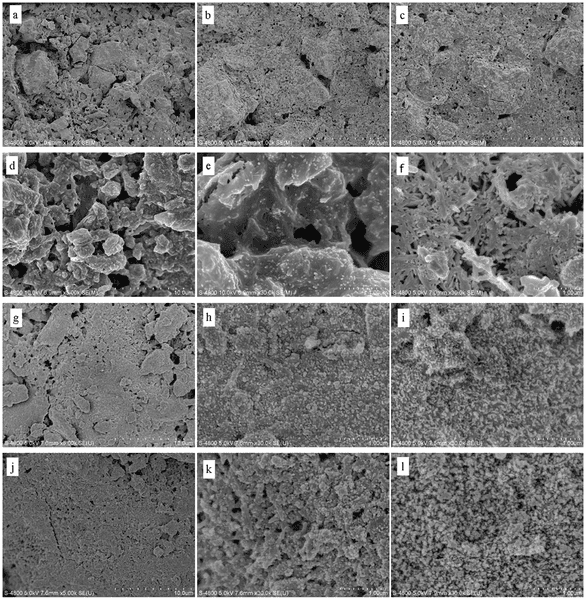
Oct 27 203 . 6 min

In the quest for innovative materials in the field of osteoconductive substances, degradable phosphate-based glasses incorporating strontium, zinc, and calcium have taken center stage. This investigation delves into the intricate world of glass beads, exploring their composition under the general formula of (P2O5)-(Na2O)-(TiO2)-(CaO)-(SrO) or (ZnO). Prepared through a meticulous melt quench technique, followed by milling and spheroidization, these glass beads hold the promise of reshaping the landscape of materials used in hard tissue engineering.
The journey begins with the meticulous crafting of glass beads, laying the foundation for their potential as osteoconductive materials. X-ray diffraction unveils the intricate structure of these degradable phosphate-based glasses. Size distribution is meticulously evaluated through scanning electron microscopy (SEM), offering insights into the morphology that sets the stage for subsequent studies.
The investigation proceeds with immersing select glass bead samples in deionized water, unraveling surface changes and measuring ion release rates. pH variations are scrutinized as another crucial aspect of their functionality. The results not only shed light on the dynamic nature of these materials but also pave the way for understanding their potential applications in the biological milieu.
A pivotal phase of the exploration unfolds as human osteoblast-like osteosarcoma cells MG63 and human mesenchymal stem cells become the focus. The glass beads host a series of assays, including the CCK assay, ALP assay, and Ca assay, to gauge their cytocompatibility. SEM images and fluorescence images from confocal microscopy further enrich the understanding of cellular interactions, presenting a comprehensive view of the biocompatibility of these innovative materials.
In conclusion, the degradable phosphate-based glasses investigated in this study, enriched with strontium and zinc, showcase a promising trajectory as osteoconductive materials. The intricate interplay of structure, size, ion release, and pH dynamics highlights their dynamic nature. Cellular studies affirm their enhanced cellular proliferation, suggesting a potential application in hard tissue engineering. Notably, glass beads with 5 mol% zinc content and 17.5 mol% strontium content emerge as particularly promising candidates, paving the way for further exploration and potential breakthroughs in the realm of innovative biomaterials.

Oct 27 203 . 6 min
